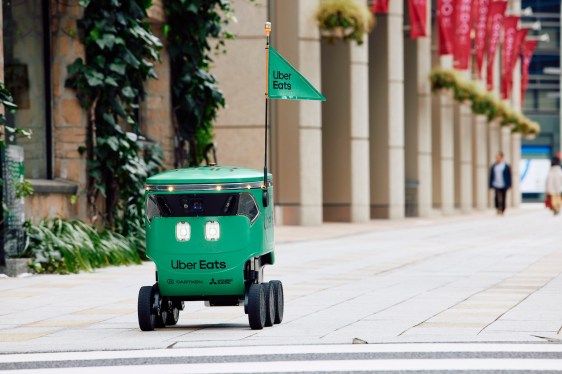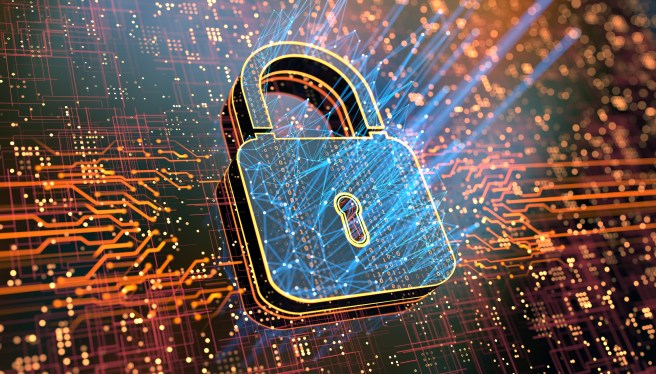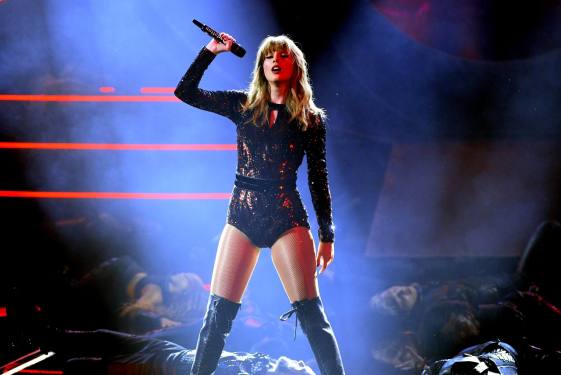In a groundbreaking collaboration, Uber is launching a novel service in Japan that leverages the power of self-driving sidewalk robots to deliver food to customers. This innovative initiative, which has been made possible by partnerships with Mitsubishi Electric and autonomous robotics startup Cartken, marks an exciting step forward for the future of transportation and logistics.
The Service: A First-of-Its-Kind Offering
The service, available through the Uber Eats app, will launch in a select part of Tokyo by the end of March. According to an Uber spokesperson, operating hours will be disclosed closer to the launch date. This latest agreement brings together three industry leaders in their respective fields: Uber, the ride-hailing giant; Cartken, the startup behind the autonomous sidewalk robots; and Mitsubishi Electric, the Japanese electronics company that will oversee operations in Tokyo.
Cartken’s Autonomous Sidewalk Robots
The autonomous sidewalk robot used for this delivery service is known as Model C. Designed by Cartken, a startup founded in 2019 by former Google engineers who previously worked on the short-lived Bookbot project, these robots are equipped with advanced sensors and software that enable them to navigate their environment safely. Each robot features an insulated cargo bin capable of holding up to 27 liters of food items, which is loaded onto the robot at a centralized hub.
Technical Specifications
The Cartken Model C has been engineered to travel at approximately 3.3 miles per hour, allowing for efficient and safe navigation through pedestrian zones. The robots are equipped with:
- Advanced sensors: Cameras and other advanced sensors help the robots detect, perceive, and navigate their surroundings.
- Teleoperations interface: A system that allows workers to remotely monitor and guide the robot if needed, ensuring seamless operations.
Partnership with Mitsubishi Electric
As part of this collaboration, Mitsubishi Electric employees will be trained in Cartken’s remote guidance system. According to an Uber spokesperson, these trained personnel will use the teleoperations interface to oversee the robots’ movements and ensure smooth delivery processes.
A Vision for the Future
Shoji Tanaka, senior general manager of Mitsubishi Electric’s advanced application development center, spoke about the significance of this initiative:
‘Robot delivery is an effective countermeasure to the logistics crisis that will become more serious in the future.’
Tanaka emphasized the potential for these autonomous robots to deliver inside various facilities, leveraging the company’s strengths in building and factory infrastructure.
Impact on Logistics
The introduction of self-driving sidewalk robots has far-reaching implications for the logistics industry. By providing a reliable and efficient delivery service, companies can reduce labor costs, minimize traffic congestion, and improve customer satisfaction.
A Catalyst for Change
Uber CEO Dara Khosrowshahi has been an advocate for innovation in the transportation sector. His involvement in this project underscores his commitment to exploring new technologies that can transform the industry.
Conclusion
The partnership between Uber, Mitsubishi Electric, and Cartken represents a groundbreaking step towards creating a more efficient and sustainable delivery system. As the world becomes increasingly urbanized, innovative solutions like self-driving sidewalk robots will play a crucial role in meeting the demands of growing cities.



